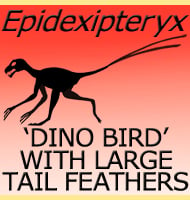Phonodus
In Depth Phonodus has been described as a genus of procolophonid that lived in South Africa during the earliest part of the Permian. With Phonodus being the fifth such genus from this time and location, this suggests that the procolophonids survived fairly well during the extinction that signalled the end of the Permian. Phonodus is … Read more
